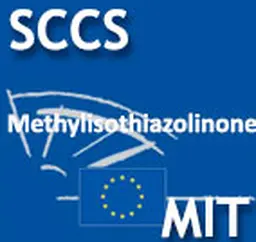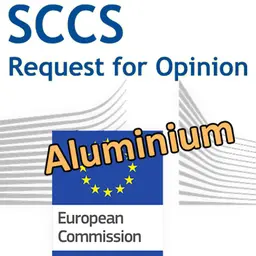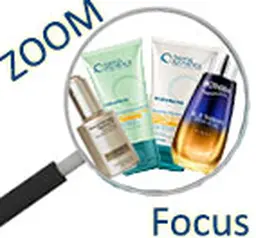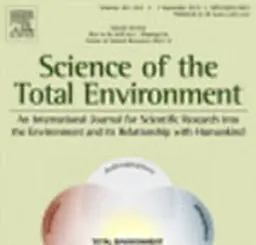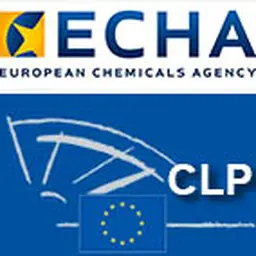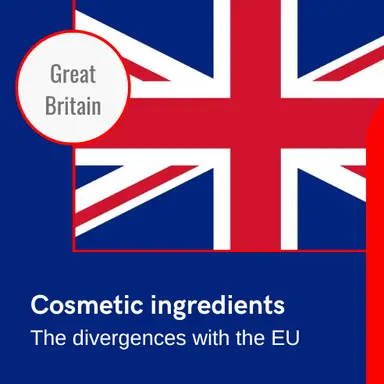
Since the Brexit, cosmetic ingredient regulations on both sides of the Channel have been evolving in parallel… which has led to differences in requirements for some of them… Over time, the list is getting longer. This table summarises the main differences, with the reference Regulations and the dates on which the various measures came into force.
| Ingredient |
Regulation EU (and Northern Ireland) |
Regulation GB |
|---|---|---|
| Acetyl Heptapeptide-9 Colloidal Gold (nano) |
Regulation 2024/858 • Prohibited • Implementation: 1 February 2025 |
• New EU provisions not applicable • Substance under assessment |
| Acetyl Tetrapeptide-17 Colloidal Platinum (nano) |
Regulation 2024/858 • Prohibited • Implementation: 1 February 2025 |
• New EU provisions not applicable • Substance under assessment |
| Acid Yellow 3 |
Regulation 2022/2195 • Non-oxidative hair dye products: max 0.5% • Implementation: 1 July 2023 |
• New EU provisions not applicable |
| Alpha-Arbutin |
Regulation 2024/996 • Face cream: max 2% / Body lotion: max 0.5% • Implementation: 1 February 2025 |
• New EU provisions not applicable |
| Arbutin |
Regulation 2024/996 • Face cream: max 7% • Implementation: 1 February 2025 |
• New EU provisions not applicable |
| Azadirachta Indica Seed Extract |
Regulation 2023/1490 • Prohibited • Implementation: 1 December 2023 |
• New EU provisions not applicable |
| Benzophenone |
Regulation 2023/1490 • Prohibited • Implementation: 1 December 2023 |
• New EU provisions not applicable |
| Benzophenone-3 |
Regulation 2022/1176 • Face, hand and lip products (excluding sprays): max 6% / Body products: max 2.2% / Other products: max 0.5% • Implementation: 28 January … |

